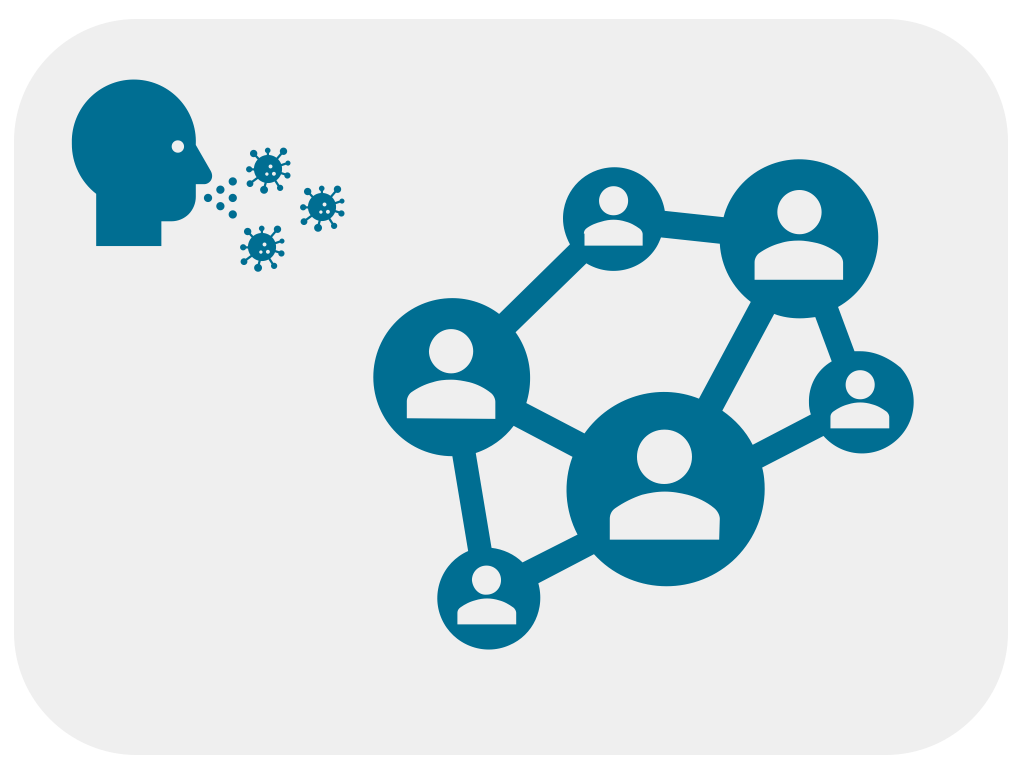
SARS-CoV-2 transmissions in the Basel area and beyond
With this funding, the SPSP prototype was minimally expanded to cover SARS-CoV-2 analyses.
Context
Switzerland faced an increase of COVID-19 cases in the last weeks. In Basel, the number of new infections are also increasing and it is critical to better understand (i) where the virus comes from (introductions) and (ii) which transmission routes of SARS-CoV-2 exist at local levels to identify effective countermeasures. Here, we will focus on Basel data to understand these particular transmission dynamics, and explore in real time the routes of transmission to guide public health decisions.
Background
Detected in Wuhan, China, the severe acute respiratory syndrome coronavirus (SARS-CoV)-2 is the causative agent for the coronavirus infectious disease 2019 (COVID-19). COVID-19 has an enormous individual, societal and economic toll, and there are alarming signs of a second wave. Due to the current lack of vaccines, we urgently need to better understand factors that favor transmissions on local levels to set specific countermeasures at the community-levels, as is done in e.g. Paris or Madrid.
Goals
Our work on +500 SARS-CoV-2 genomes highlights the presence of a Basel-specific mutation (under review), supporting that transmissions should be understood at a local level. Here, similar to the work we undertook with Influenza (PMID: 31434783), we aim to map SARS-CoV-2 transmissions, resolved with genomic data in real time, to demographic/epidemiological factors. This will notably help determine which virus lineages enter and spread during the second wave.
Impact
In Switzerland, COVID-19 public health decisions were taken at a Cantonal/Federal level. Due to high costs of the measures, several countries with large cities decided to take measures at neighborhood levels e.g. Paris or Madrid. Albeit Swiss cities are small, it may still make sense to set up countermeasures at a more local level, notably to reduce the economic burden of measures while still ensuring a small societal/health burden. For this, understanding local transmission routes is critical.
Uniqueness
Most of the focus today has been on investigating SARS-CoV-2 genomes with a rather low-resolution country-level (e.g. data submitted to GISAID). Some local studies like ours (under review) have however highlighted regional specificities of the mutations present in the genome. To our knowledge, there are no detailed analyses of what are the demographic/epidemiological transmission determinants at a very local-level, e.g. neighborhood. Here we take advantage of our Influenza study for SARS-CoV-2.